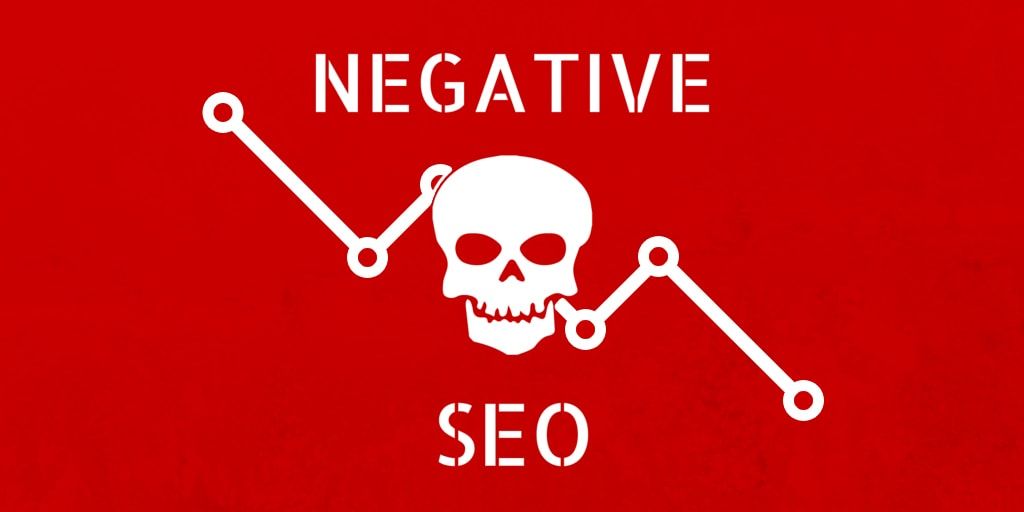With over 95 billion monthly visitors and nearly 2.75 million posts published every day, Google has become the most popular website in the world. This is why in 2024 brands are consistently trying their level best to rank on this platform for marketing purposes. This is where Google SEO comes into play!
But ranking high on Google is not that easy; it’s one of the biggest challenges for brand owners. Firstly, due to extreme competitiveness among the business and brand owners, and secondly due to the rapidly changing Google’s algorithm.
In fact, the ranking metrics of Google are designed in a way to sort out millions and billions of web pages and come up with the most useful and relevant results. While doing so, Google also considers several other ranking factors for evaluating the relevance and quality of an answer to a search query.
Want to know more about Google SEO strategies that can help your website gain higher rankings on Google? Follow this post till the end!
Step-by-Step Guide on How to Conduct SEO for Google to Achieve Higher Rankings
As a Google SEO expert, creating informative content and implementing some basic SEO strategies are not just enough for achieving higher rankings on SERPs. In fact, the websites that perform best in Google are not just good at SEO, there are a lot of other factors that work together to provide you with these optimized results.
Check out this step-by-step guide to know more about the Google SEO strategies that prove successful in levelling up your site’s rankings.
1. Focus on Improving your Website’s On-Page SEO
If you want to revamp your website’s Google SEO rankings, one of the fastest ways to do so is through on-page SEO.
Here is a checklist of some important on-page SEO tactics that you should implement right now:
- Frontload your keyword in the title tags. Ensure to include them in the meta description, two H2s, file name and alt text of the images. Make sure that the keyword is naturally placed throughout the body of your content.
- Focus on creating long-form content, try to reach about 1800 words.
- Add keywords at least 2-3 times per page.
- Optimize the meta description of your content and limit it to 155-165 characters. Through this, you should inform the readers about the value that they can get by clicking on your page.
2. Include LSI Keywords to Your Web Page
LSI keywords are some phrases related to the main keyword of your content that help search engines get a better understanding of your web page’s content.
As Google and other search engines evolved over time, it is now not necessary to maintain a specific keyword density. Moreover, Google wants to grasp what your page is all about in general. These LSI keywords help them in verifying what is discussed in the content regarding the topic.
In fact, these keywords are also responsible for improving the topical depth which also improves your site’s relevancy. So, you should expand your content to a long form around these LSI keywords.
3. Check the Technical SEO Aspects of Your Website
Apart from page-level optimizations, you need to pay attention to your website’s technical SEO aspects. This is an undeniably important step if you are looking for optimizing your website’s SERP position. Mainly because if search engines cannot crawl and index your web pages, then all your on-page and off-page efforts will go in vain.
Here are some technical SEO aspects that you need to check:
- Ensure that your web pages load quickly
- Make sure that you have an HTTPS website which is safe and encrypted for use
- Ensure that there are no indexation issues
- Double-check that your website is 100% mobile-optimized
- Make sure that your website does not contain different web pages of similar content or duplicate content.
You can use Google Search Console to check different technical SEO aspects. Also, ensure that your web page passes the Core Web Vitals assessment.
4. Match the Search Intent with your Content
Google also prioritizes and ranks websites depending on how people interact with your website. So, before you plan to create content, it is important for you to know what your target audience is searching for.
Now, based on your search intent, you should create content. You can always have a look at your competitor’s website that ranks on top of the SERPs to identify the search intent.
If your web page’s content aligns with the user’s search intent, then your site will get more organic traffic than before. This strategy also improves SEO for Google.
5. Optimize Your Website’s Click-Through-Rate
Your website’s click-through rate plays an active role in gaining organic traffic for your site. The higher the click-through rate of your website will be, the higher it will rank on search engines.
A website with a higher click-through rate suggests search engines that your page is valuable for web visitors. This also signifies that your web visitors are getting the information on your website that they are looking for.
Thus, Google boosts the ranking of these web pages so that it even becomes much easier for people to find them.
Follow these simple tips to get more clicks on your website:
- Create compelling meta tags for your web pages that seem appealing to web visitors
- Include rich snippets in your site that help your site stand out from its competitors
- Use amazing title tags on your web pages which encourage visitors to click on it
- Create short URLs that describe the actual content of your web page.
6. Publish Only High-Quality Contents
Publishing high-quality content related to a specific niche on a consistent basis shows audience that you are knowledgeable about it. If people find the quality of your content good and relevant to their niche, they will link to your content.
The more people create backlinks to your site, the more it is telling search engines that your content is sharable and credible. If your website gets links from authoritative websites, this will boost the domain authority of your site.
But this Google search engine optimization strategy will not work if your content is spammy or irrelevant. So, you should avoid publishing spammy contents. Rather focus on publishing high-quality content that is well-written, relevant, and engaging.
This will keep readers hooked to your web page and thus your website’s SEO rankings will go up!
7. Create Internal Links
Looking for an easy way to improve your Google SEO rankings? Try out creating internal links for your website.
Internal links link one web page to another one on the same domain. These links help search engines in finding and indexing your web pages. In fact, these are quite easy to create and help in promoting your own website. Using this Google SEO strategy prevents your website from relying on other third-party websites.
By adding internal links to your page, it increases the odds that your web page will rank.
8. Create Backlinks to Your Site
A backlink is among the major Google SEO ranking factors. If you are promoting your high-quality content on social media platforms, then there are high chance that your website is already getting backlinks.
However, if not, then you should be proactive in building quality backlinks using exceptional strategies and check which one works best in your case.
Though there are many link-building techniques, you can follow the top 3 ones:
- Broken link building
- Resource Pages
- Guest Posting
Thus, creating quality backlinks will help promote your website content across various sites.
9. Keep Track of Your Results
By this time if you have implemented the above-mentioned strategies, you will start seeing your website’s ranking higher on search engines.
However, you should keep track of your website’s SEO results without checking its rankings every hour manually. This will help you in ascertaining for which targeted keywords your website is getting higher rankings and how much organic traffic your website is coming into.
As SEO is a time-consuming process, it is essential to monitor and keep a record of your website’s SEO results from time to time. Doing so will help you know exactly which SEO strategies need changes and whether it is worth your time and effort or not.
Wrapping Up
With constant updates and improvements, Google has come a long way and is currently prioritizing visuals and excerptable content. So, by creating content that matches user search intent and following the tips mentioned above, you can meet your website’s conversion goals and traffic.
Hope that this step-by-step guide has well summarized all the essential Google SEO tactics that you need to implement to crack the code for higher rankings on Google.
However, if you are not familiar with the SEO world, it might become quite challenging for you to implement these Google SEO strategies in the right way. In that case, the best option will be to rely on a professional SEO agency. They will have professionals who have gained years of experience in SEO and help you with exceptional Google SEO services so that your website ranks higher on SERPs.













Comments